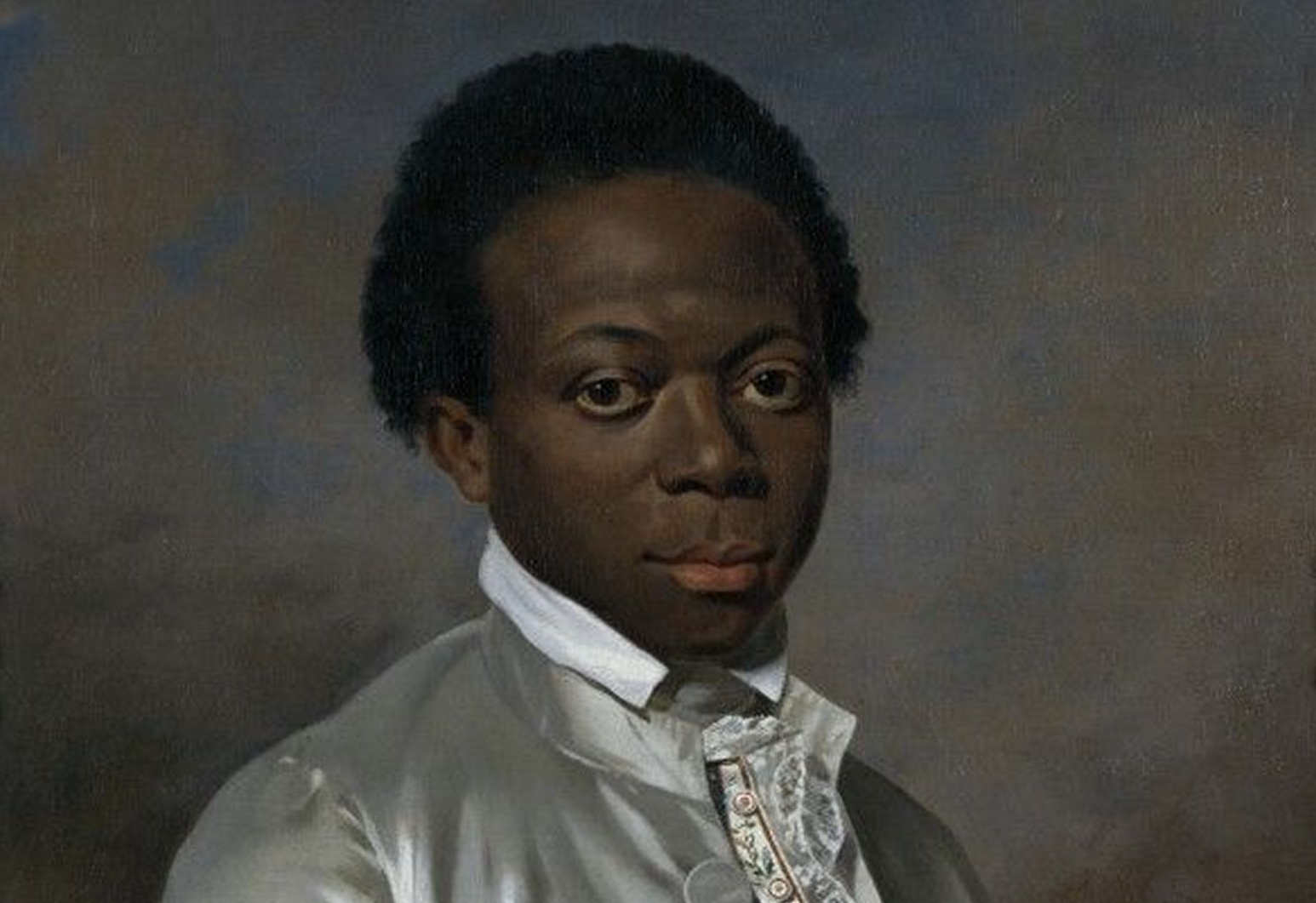Around 1770, a young boy named Zamor was kidnapped by English slave traders from his home town of Chittagong, an ancient port city in the Bay of Bengal. 6,000 miles and a bit of time later, he found himself sold into the court of Louis XV, King of France. He was baptized, renamed “Louis-Benoit” and given as a gift to Madame du Barry, the King’s official mistress.

The dates are a bit fuzzy here. Zamor was born in or around 1762. Wikipedia and others claim he was taken into service by the Comtesse du Barry at age 11. The author of an annotated version of her memoir claims that Zamor was only 7 years old when he was acquired. The confusion may arise from the age he was at his baptism at the Church of Notre Dame at Versailles, which is written in the memoir to be July 4, 1772. Later in the same text, Zamor is reported stating himself that he had “been brought up” by Barry since age 11. So it may be that he was being groomed and educated for a time before officially given over as a gift to the Comtesse. Wikipedia states he was given as a gift by the King, however her own memoir states he was presented by the Duke of Richelieu.

(This is a typical type of portrait for the time, where the slave owners would pose with their favorite slave to the corner of the portrait, the enslaved gazing humbly at their master. Pretty nauseating.)
“The second object of my regard was Zamor, a young African boy, full of intelligence and mischief; simple and independent in his nature, yet wild as his country. Zamor fancied himself the equal of all he met, scarcely deigning to acknowledge the king himself as his superior. This son of Africa was presented to me by the duc de Richelieu, clad in the picturesque costume of his native land…”
— Memoirs of Madame du Barry
Barry, who assumed her new human trafficked accessory was African, took a liking to him despite or because of his defiant personality. From the start, Zamor wasn’t super into the whole deference thing. But Barry and her royal buddies found it amusing and continued to dress him up and make him do whatever they felt like.
In honor of the tragedy of Alzire, I christened my little negro Zamor, to whom by degrees I became attached with all the tenderness of a mother.
— Memoirs of Madame du Barry
These passages come in the middle of her listing her “three favoured objects”, with her favorite dog, Dorine, preceding Zamor’s entry. Madame du Barry never had any children of her own, which is probably good if she thought that keeping kidnapped and enslaved children for her own amusement was the “tenderness of a mother”.
“People spoke of the orgies of Louveciennes, of little blonde peasant girls brought in to frolic and make love to Zamor for the pleasure of the old King…”
— Madame Du Barry: The Wages of Beauty
Yup. Seems like normal mother behaviour.

As Zamor was enduring a life of captivity in the hands of the French royal court, he was also knowingly or unknowingly preparing himself for a/the revolution as the guillotine blades were being sharpened. He studied Rousseau and became well versed in philosophy and literature in between his slave duties of being mocked, abused, and treated as sub-human.
Though increasingly disdained by both his mistress and surrounding household staff, Zamor remained with Barry through her exile after the death of Louis the XV in 1774, all the way to the early 1790s until falling in with the Jacobin Club, the republican movement that was just about to get some heads rolling. Thousands and thousands of heads.

In 1792, while the Comtesse was on a trip to London, Zamor became involved with the English radical George Grieve (who had a vendetta against and worked as an informant for the Committee of Public Safety aka The Head Choppy Brigade). Zamor and another household servant helped Grieve to inventory her home in Louveciennes while she was gone, organizing her arrest and seizure of her assets.
When she returned from London she was arrested, but managed to secure her release, still having some support. Finding out Zamor had been party to her persecution upon her return home from prison, she immediately dismissed him from her service.
Zamor and his fellow Jacobins did not relent, and they succeeded in having her arrested again soon after. Her prosecution was aided by Zamor’s testimony which included the story of a staged jewel theft. (And really, Barry should have known better than to start shit about jewelry.) The extravagance only made her neck look ripe for chopping paired with the numerous other charges levied by Zamor and his fellow Jacobins. And the chopping so occured at the end of 1793.

Zamor himself was soon after arrested, as the Jacobins descended into chaos that much resembled that meme of Spider-Man pointing at another Spider-Man. He managed to get out, and left France for a time until returning in 1815. He lived in Paris and worked as a teacher, though it gained him no friends. When he died 5 years later, no one attended his funeral, and he was most likely buried in an unmarked or even mass grave due to the level of poverty he was in at the time of his death.

Madame Du Barry (1934 film) 
Marie Antoinette (2006 film)
So, not great in the end for Zamor. At least he was able to see the Comtesse get hers. Choppy, choppy.



